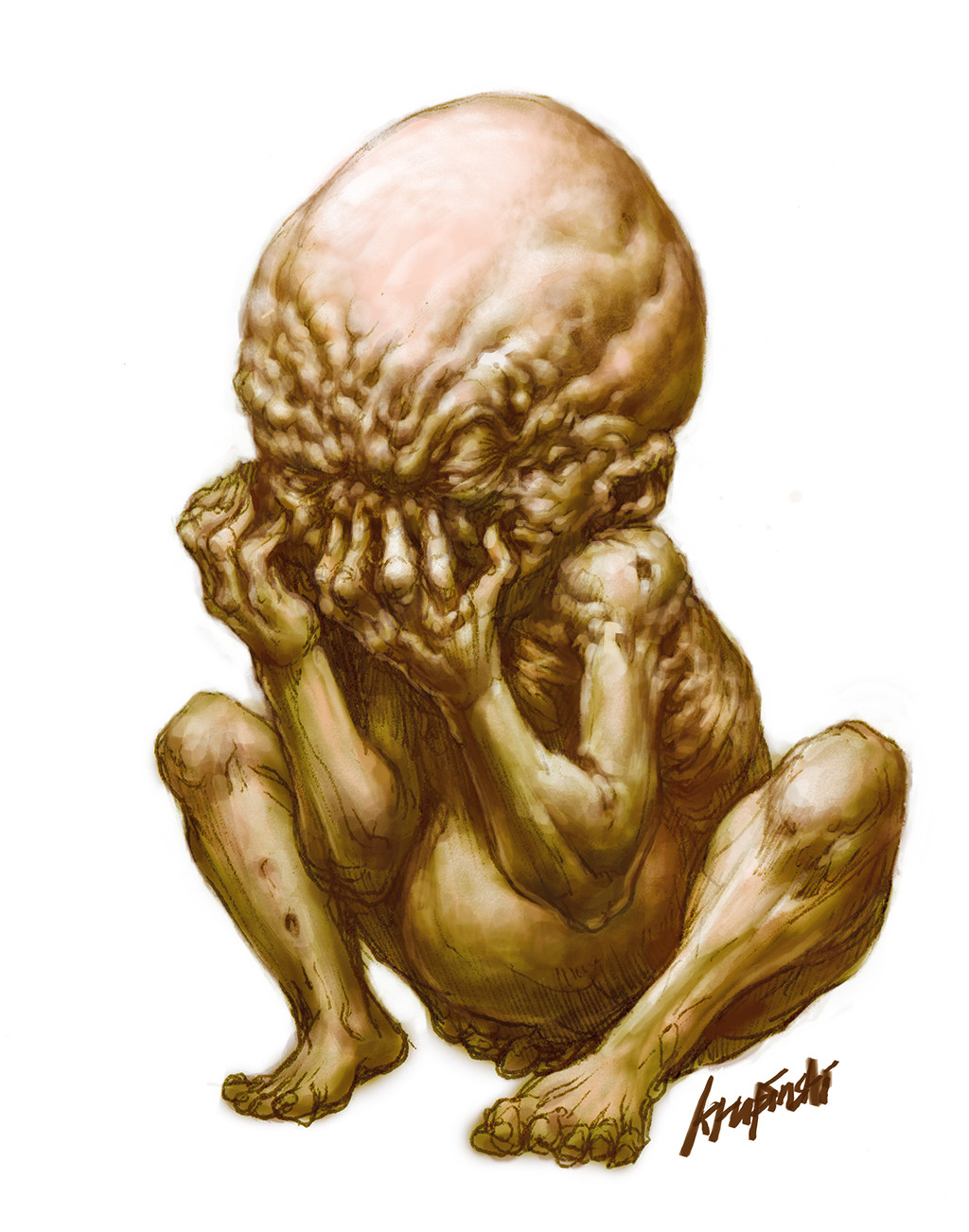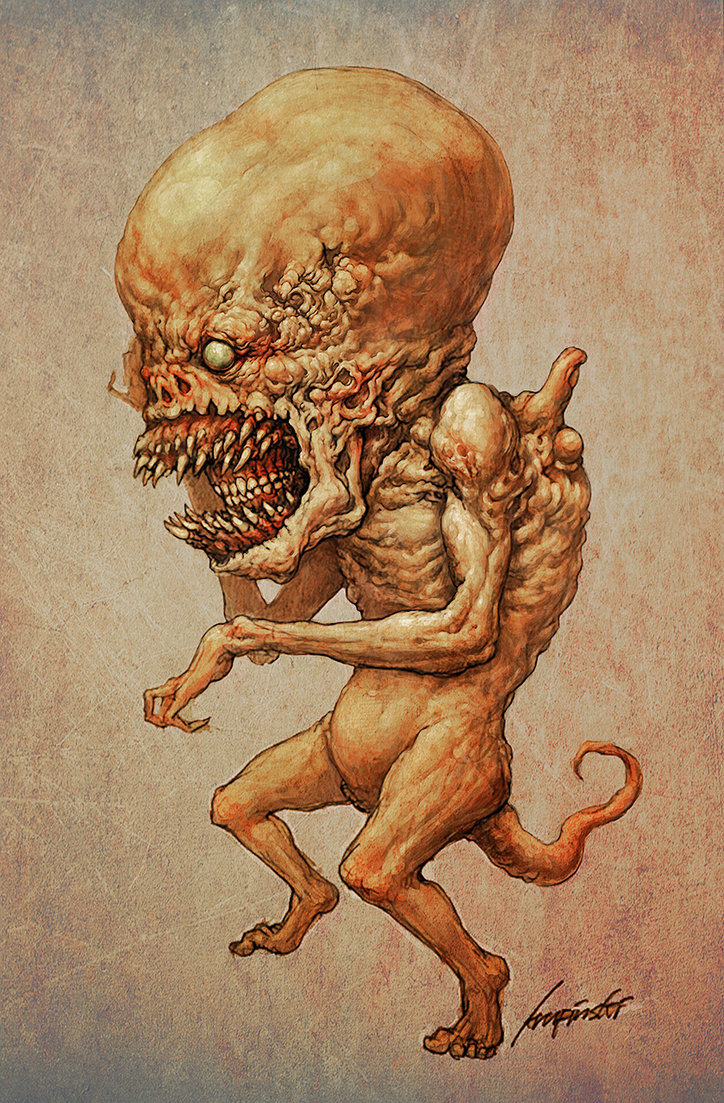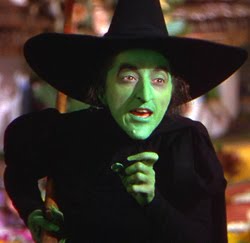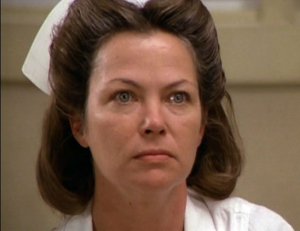Shortly after Vladimir Putin’s Russian army invaded the Ukraine, a noted journalist and historian, Kristina Sviderskytė, wrote this provocative line:
“The dreams of madmen are the nightmares of ordinary people.”
Human history has been defiled by the recurring tragic pattern of madmen rising to power and doing their murderous work. Besides Putin, there has been Adolf Hitler, Pol Pot, Jozef Stalin, and Leopold II of Belgium, among many others. Their fictional counterparts are Darth Vader, Lord Voldemort, The Joker, and more.
None of these villains starts out “bad”. They are ordinary people at first and evolve into their villainous identity. Their development follows a common pattern, a common set of stages that transform them from an ordinary person into villain.
Borrowing from Sviderskytė’s quote, and from Joseph Campbell’s iconic hero monomyth, I call this pattern the monomyth of the madman.
This monomyth of the madman describes the common blueprint of development that is characteristic of villains in real life and in storytelling. I use the term madman because psychologists have associated villainy with the dark triad of mental illness – narcissism, psychopathy, and Machiavellianism.
It’s important to emphasize that the vast majority of mental illnesses are not associated with violence at all. But research shows that people with dark triad traits – narcissism, psychopathy, and Machiavellianism – can have more aggressive impulses. Research also shows that people with serious illnesses such as major depressive disorder, schizophrenia, and schizoaffective disorder are also somewhat more prone to violence. Left untreated, these illnesses, when they affect world leaders, can have deadly consequences for millions of innocents.
The Fine Line Between Heroism and Villainy
We tend to believe, and want to believe, that a huge chasm exists between heroes who represent the best of human nature and villains who represent the worst. But studies show that heroes and villains share many traits in common. They can both be intelligent, strong, brave, resilient, inspiring, and charismatic. As such, it can be difficult for the average person to distinguish a heroic leader from a villainous leader.
The blurry line between heroism and villainy is demonstrated in the phrase, “One man’s terrorist is another man’s freedom fighter”. Plenty of good Russian people currently support Vladimir Putin in the same way that plenty of decent Germans supported Hitler in the 1930s and 40s.
Why? Because villains share some of the same traits as heroes, and because villains can be effective in persuading followers that they are heroes.
“Every villain is a hero of his or her own story”, wrote famed Hollywood screenwriter Christopher Vogler. Self-confident and charismatic villains attract followers by appealing to people’s desires to protect or promote a collective identity, often a national or religious identity. Scapegoating one or more groups is the villain’s favorite tactic to entice followers who seek esteem, validation, and economic or political gain. Villainy can easily sound heroic to people who confuse charisma for heroism, and who lack awareness of true heroism, which is never divisive and always inclusive.
Another reason I use the term “madman” is because these villains are almost always men, not women. And these men are mad — that is, they have a deep anger, often stemming from a deep wound and a profound sadness that has no apparent solution.
Similarity Between the Hero Monomyth and the Villain Monomyth
Campbell’s “monomyth of the hero” refers to the observation that all hero stories can be distilled into one single hero story. All great heroes, in real life and in fiction, pass through a series of stages:
- The hero lives in an “ordinary world” that is safe and familiar.
- Something happens that hurls the hero into the “special world” that is dangerous and unfamiliar.
- In this new second world, the hero takes on a mission or a quest of some sort – to survive, to acquire something, to achieve a goal, or simply to get back home.
- The hero is always missing an important inner quality that thwarts their growth needed to accomplish their goal.
- The hero’s missing quality can be humility, confidence, courage, empathy, resilience, resourcefulness, or some fundamental truth about themselves or the world.
- The hero encounters villains, obstacles, and setbacks.
- The hero undergoes terrible suffering.
- The hero receives help and guidance from wise allies and mentors.
- During a crucial moment, the hero is tested to their limits, discovers the quality they are missing, and uses it to accomplish their mission.
- The hero is now “the master of both worlds” – the original familiar world and the new world.
- Transformed into their best self, the hero returns home and shares what they have learned with others.
Villains, it turns out, undergo several of these same stages. They, too, must leave the comforts of home to venture out into dangerous worlds, often testing them and helping them build confidence and courage. Here are some basic commonalities:
- Both heroes and villains believe they are on a mission to accomplish something of vital importance for themselves and for their larger communities.
- Both heroes and villains encounter adversity in life and experience great suffering.
- Both heroes and villains are missing an important inner quality that prevents them from accomplishing their goals.
- Both heroes and villains receive help from allies and mentors
- Both heroes and villains attract followers using their charisma and “motional” intelligence – the ability to use their body and voice to move people.
- Both heroes and villains, at the end of their journey, leave a lasting imprint on society.
Thus the monomyth of the hero – and of the villain – share a number of characteristics. But there are very important differences in the two monomyths, which we turn to next.
Differences Between the Hero Monomyth and the Villain Monomyth
Here are some of the striking differences between the hero and villain monomyths:
- Whereas heroes become aware that they are missing an important inner quality — humility, confidence, courage, empathy, resilience, resourcefulness, or an important truth — villains seem unable or unwilling to recognize that they have any major personal deficiency.
- Whereas heroes are influenced by good, wise mentors, villains are swayed by dark, immoral mentors.
- Whereas heroes resist the hero label and are humbled by their journey, villains lack humility and view themselves as heroes on a noble mission.
- Whereas heroes discover their missing inner quality and undergo personal transformation, villains resist change and remain “stuck” at a low, immature stage of development.
- Whereas the hero’s deficiencies are corrected by humbling experiences, the villain’s mental and emotional deficiencies remain entrenched and actually become magnified over time.
- Whereas the goals of heroic leaders involve unifying and uniting people, the goals of villainous leaders involve scapegoating and dividing people.
- Whereas heroes emerge victorious and enjoy long-term success with their goals, villains at best only achieve short-term success and are ultimately defeated.
- Whereas heroes become “the master of both worlds”, villains never master the second world. In fact, they probably never mastered the first world, either.
- Whereas heroes leave a large, enduring, and positive imprint on society, villains leave a small, dark, residual mark on the world.
Stages of the Villain Monomyth
Given the above observations, the stages of the villain monomyth look something like this:
- The pre-villain is an ordinary person living in an ordinary world that is safe and familiar.
- Something happens that hurls this ordinary person into the “special world” that is dangerous and unfamiliar.
- Often this new dangerous world is the world of abuse, with the ordinary person at the receiving end of emotional or physical abuse.
- Typically, the abuser is a parent, but sometimes another authority figure, peers, or harsh social conditions damage this ordinary person.
- The ordinary person suffers psychological harm that can assume the form of narcissism, psychopathy, depression, or schizoaffective disorders.
- This mental illness distorts the ordinary person’s views of themselves and the world, often producing an extreme self-narcissism and/or collective narcissism of their community or nation.
- The ordinary person remains unaware of their skewed perception of reality and is never able to acknowledge their damaged state nor their need for psychological and/or spiritual help.
- As a result of their untreated trauma, the villain undergoes terrible suffering, often in private, but is unable to learn or grow from it. Their deep fears and sadness transforms into anger.
- The ordinary person receives help and guidance from troubled or sycophantic allies and dark mentors.
- The ordinary person takes on missions or quests to survive, to acquire power, and to elevate the power and status of their community or nation at the expense of other groups of people.
- The ordinary person attracts followers who share similar deficits and tribal goals of elevating the greatness of their community or nation.
- The ordinary person views themselves as a hero on a heroic mission. Their imaginary villains must be vanquished.
- In the service of their mission, the ordinary person performs one or more acts of violence that are irredeemable and that propel the person to the status of villain.
- The villain uses violence to accomplish many of their personal and social goals, reinforcing their confidence and belief in the virtuousness of their mission.
- Over time, the villain’s use of scapegoating tactics increases and their violence escalates.
- The villain encounters heroic individuals and groups who attempt to thwart the villain’s aims, and the villain declares these heroes to be villains.
- In the end the villain is defeated, but their evil deeds leave residual scars for society to cope with for many generations.
Just as it is true that not all heroes pass through all stages of the hero monomyth, it is also true that not all villains pass through every stage of this villain monomyth.  Still, three common threads apply to almost all villains, from school shooters to genocidal leaders:
Still, three common threads apply to almost all villains, from school shooters to genocidal leaders:
- They are damaged people unable to grow or learn from their pain, and they project this pain onto others. As hurt people, they hurt people.
- They have a severe narcissism that prevents them from seeing themselves and their behavior with any moral objectivity or clarity.
- They are entrenched at a low level of maturity and development, unable to grow and evolve into healthy adults.
While villains should be held responsible and accountable for their actions, it is clear that their lifelong pain and inability to overcome their damaged psyches are the driving mechanisms for their violent actions. They are victims themselves, driven to create more victims. As a society it is incumbent on us to end childhood abuse and school bullying –- the seeds of villainy. We must identify damaged people and find ways to treat them as early as possible, before they damage others.
Take a look at Vladimir Putin’s background. And that of Hitler, Stalin, and many school shooters. They are tragic exemplars of the monomyth of the madman.
I am not the first to outline the stages of the villain’s journey. Others have also done so, with less of a psychological emphasis than I present here. No doubt I have oversimplified the process by which ordinary people transform into villains. The most important final cautionary thought I can leave you with is this:
We must avoid installing individuals with the background potential for villainy and violence into positions of power and leadership.
References
Allison, S. T. & Goethals, G. R. (2020). The heroic leadership imperative: How leaders inspire and mobilize change. West Yorkshire: Emerald.
Allison, S. T., Goethals, G. R., Marrinan, A. R., Parker, O. M., Spyrou, S. P., Stein, M. (2019). The metamorphosis of the hero: Principles, processes, and purpose. Frontiers in Psychology, 10, 606
Allison, S. T. & Smith, G. (2015). Reel heroes and villains. Richmond: Agile Writer Press.
Campbell, J. (1949). The hero with a thousand faces. New York: New World Library.
Murphy, B. A., Lilienfeld, S. O., & Watts, A. L. (2017). Psychopathy and heroism: Unresolved questions and future directions. In S. T. Allison, G. R. Goethals, & R. M. Kramer (Eds.), Handbook of heroism and heroic leadership (pp. 525–546). New York: Routledge.
Worthington, E. L, & Allison, S. T. (2018). Heroic humility: What the science of humility can say to people raised on self-focus. Washington, DC: American Psychological Association.
= = = = = = = = = = = = = = = = =



